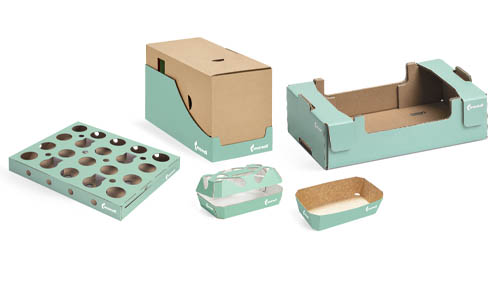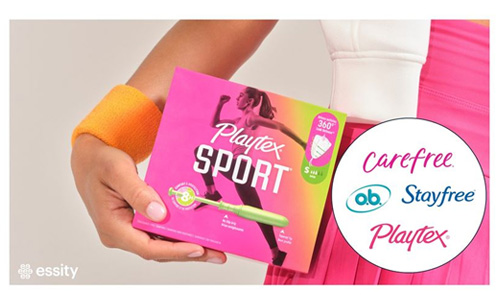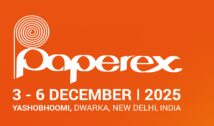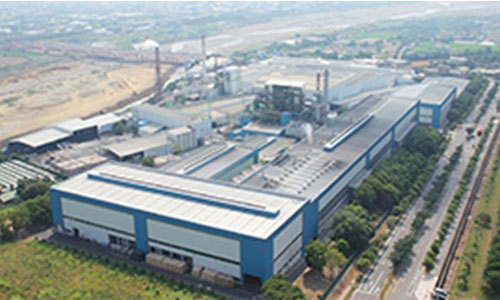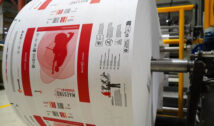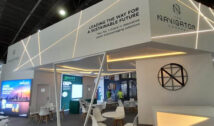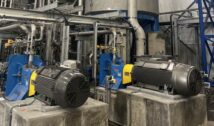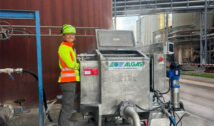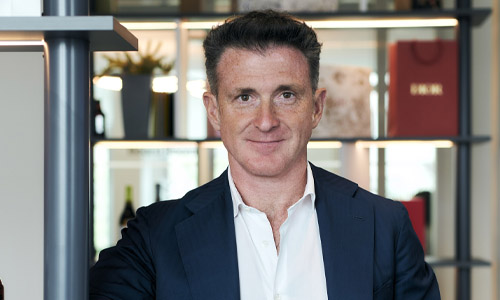
Packaging in the luxury sector is undergoing a quiet revolution—and it’s getting smarter, greener, and more purposeful. A new report from Bain & Company, in collaboration with Fedrigoni Group, the global manufacturer of specialty papers, self-adhesive materials, and RFID (radio-frequency identification tags), reveals that sustainability is no longer a trade-off in the world of high-end packaging—it’s becoming a competitive edge.
In a compelling forecast, the report, Luxury Packaging: Resolving the Tension Between Creativity and Impact, projects that, within the next three years, more than 30% of all luxury packaging sales are expected to use sustainable solutions. The findings, unveiled today at “Explore – Fedrigoni Creative Summit” event, held in Paris, draw on a survey of more than 500 executives across the luxury packaging value chain in Europe, the Middle East and Africa, including designers, suppliers, converters, and leading brands.
“Packaging is evolving from a static container into a dynamic brand touchpoint,” said Claudia D’Arpizio, senior partner and global head of the Fashion and Luxury practice at Bain & Company. “It’s no longer about choosing between beauty and responsibility. Today, you can—and must—deliver both.”
From indulgence to innovation
Luxury has long been defined by sensory experiences—the feel of a hand-crafted box, the gleam of a bespoke bottle. But as environmental concerns and regulations reshape the industry, luxury brands are now reimagining their packaging not just as a container, but as a statement of values.
Marco Nespolo, Fedrigoni Group CEO, said: “Every day, through our close collaboration with brands, designers and converters, we witness the evolution of what luxury truly means: no longer just about aesthetics and exclusivity, but increasingly about responsibility, transparency and positive impact. In this context, packaging becomes a powerful cultural symbol—beauty that reflects values, and innovation that embraces sustainability. As manufacturers of premium papers, and self-adhesive and RFID materials, our role is to enable this transformation by delivering high-performance, creative and sustainable solutions. Being a true partner means co-developing with our clients an ecosystem where every material choice becomes a strategic, sustainable and narrative touchpoint.”
The report emphasizes how leading brands are applying the “four Rs” (Reduce, Reuse, Recycle, Recover) with a luxury twist—substituting traditional materials with advanced papers, biodegradable polymers, and even mycelium-based solutions (a sustainable alternative harnessing the root structure of fungi) that feel as exclusive as they are eco-conscious. Slimmer glass bottles and modular packaging designs are also helping brands cut emissions without compromising elegance.
Aesthetic meets ethic
Rather than restraining creativity, sustainability is unlocking a new frontier for luxury storytelling and customer connection. Packaging is now being viewed not as the end of the journey, but the beginning—especially in the digital realm. Think QR codes embedded in boxes that reveal a garment’s origin story, smart labels that verify authenticity, and augmented reality overlays that enhance the unboxing experience.
At the center of this digital evolution is the Digital Product Passport (DPP)—a soon-to-be-standard offering full transparency into a product’s lifecycle.
“For today’s luxury consumer, knowledge is part of the reward,” said D’Arpizio. “They want to know where something came from, how it was made, and what happens to it next. Packaging is now the portal to that story.”
However, integrating sustainability as a core focus requires brands and packaging manufacturers to collaborate more closely in developing innovative and cost-effective alternatives. By engaging early in the process, both parties can align on creative solutions that not only meet environmental goals but also support the overall operating model more efficiently.
Reducing packaging weight and volume seen as top priority for sustainable supply chains
Reducing packaging volume and weight to optimize transport efficiency and minimize trips is viewed as the most significant factor in improving the sustainability of the supply chain, with 43% of respondents to the survey ranking it as their top priority. Promoting reusable packaging to minimize waste and environmental impact, cited by 25%, was the second from top priority. Using lightweight, durable materials to prevent damage during transport ranked third, at 17%, while adopting modular and stackable designs for better space and logistics management was selected by 10%. The integration of smart technologies into packaging for real-time tracking and condition monitoring was considered the least significant, with only 5% prioritizing it.
Regulation as a catalyst, not a constraint
Beyond changing consumer expectations, evolving regulations—such as the EU’s Corporate Sustainability Reporting Directive and its Packaging and Packaging Waste Regulation—are accelerating the shifts detailed in the report. While regulation remains a central focus in discussions about industry transformation, what stands out prominently from the survey responses is the belief that customers are the true catalysts for change.
The survey found half of respondents predicted that sustainable packaging will make up more than 30% of industry sales within three years. The materials are improving, the digital tools are in place, and the customer appetite is growing.
Forward-thinking luxury brands are not just adapting to these changes; they’re using them to get ahead, the report finds. It suggests that the best-positioned companies are those that invest in material science, redesign supply chains, and work closely with packaging experts to create more meaningful—and more compliant—solutions.
The report concludes that the future of luxury packaging isn’t just lighter and smarter but increasingly is symbolic of the luxury industry’s broader transformation toward transparency, responsibility, and deeper emotional connection.


